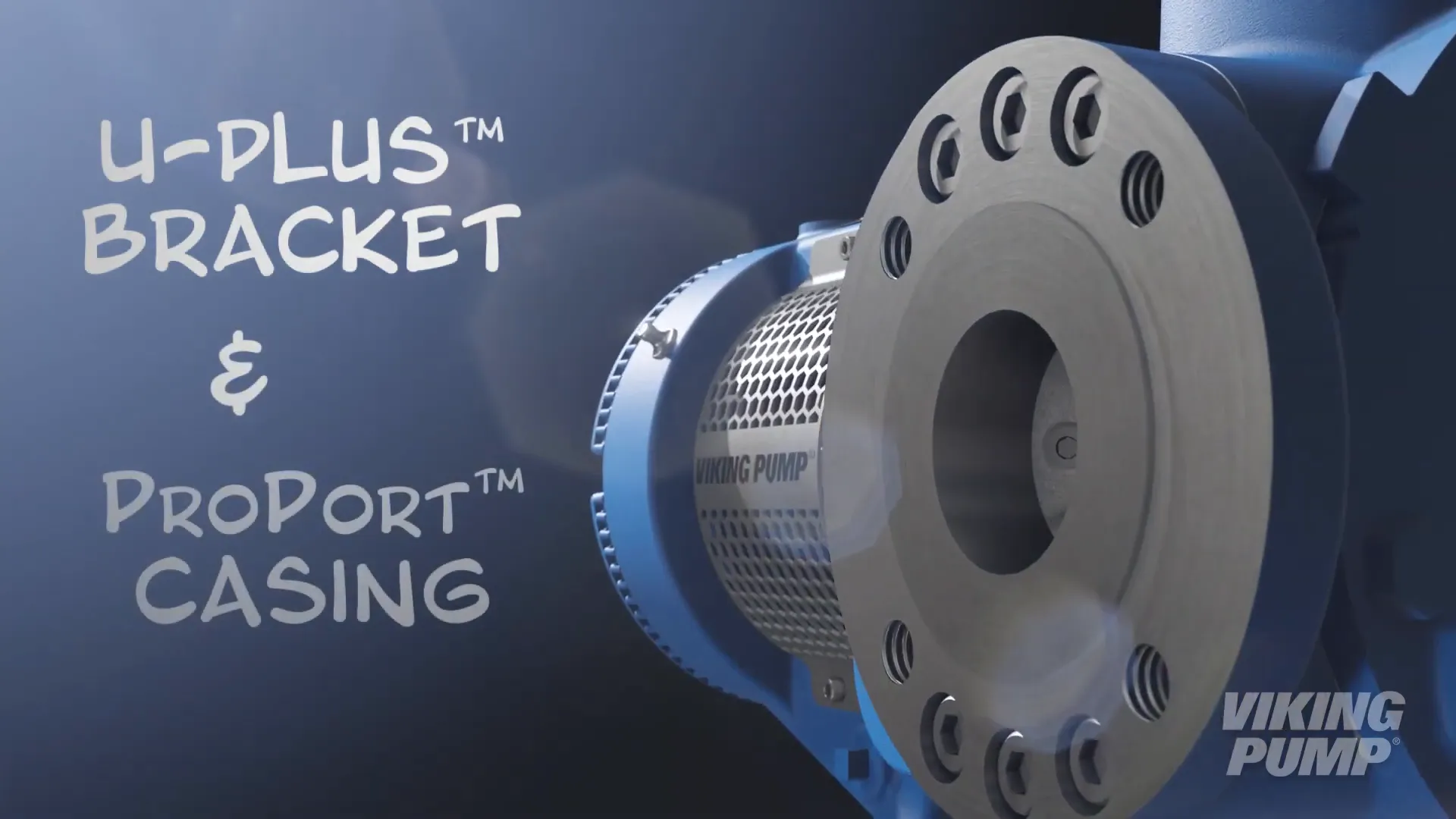Quick Tip: How to install an O-Pro® Cartridge seal into a Viking pump
Welcome, in this video quick tip video we will guide you through the installation of Viking Pump’s O-Pro® Cartridge seal into a pump with the U-Plus™ bracket. Before installing the new seal, ensure the shaft is free of any debris or wear any burrs can damage o-rings upon installation. First, prepare the O-Pro® Cartridge seal for installation. Lubricate and install the two internal o-rings into the O-Pro® cartridge seal gland. Apply gasket sealant to the O-Pro® Cartridge and place a gasket. Give the gasket a quarter turn and then flip, to ensure both sides have a continuous bead of sealant.


